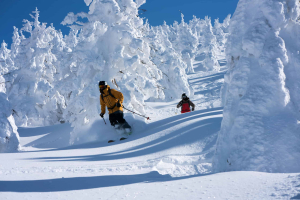Winter in Aomori: Skiing, Seafood and an Overpowering Sense of Japan
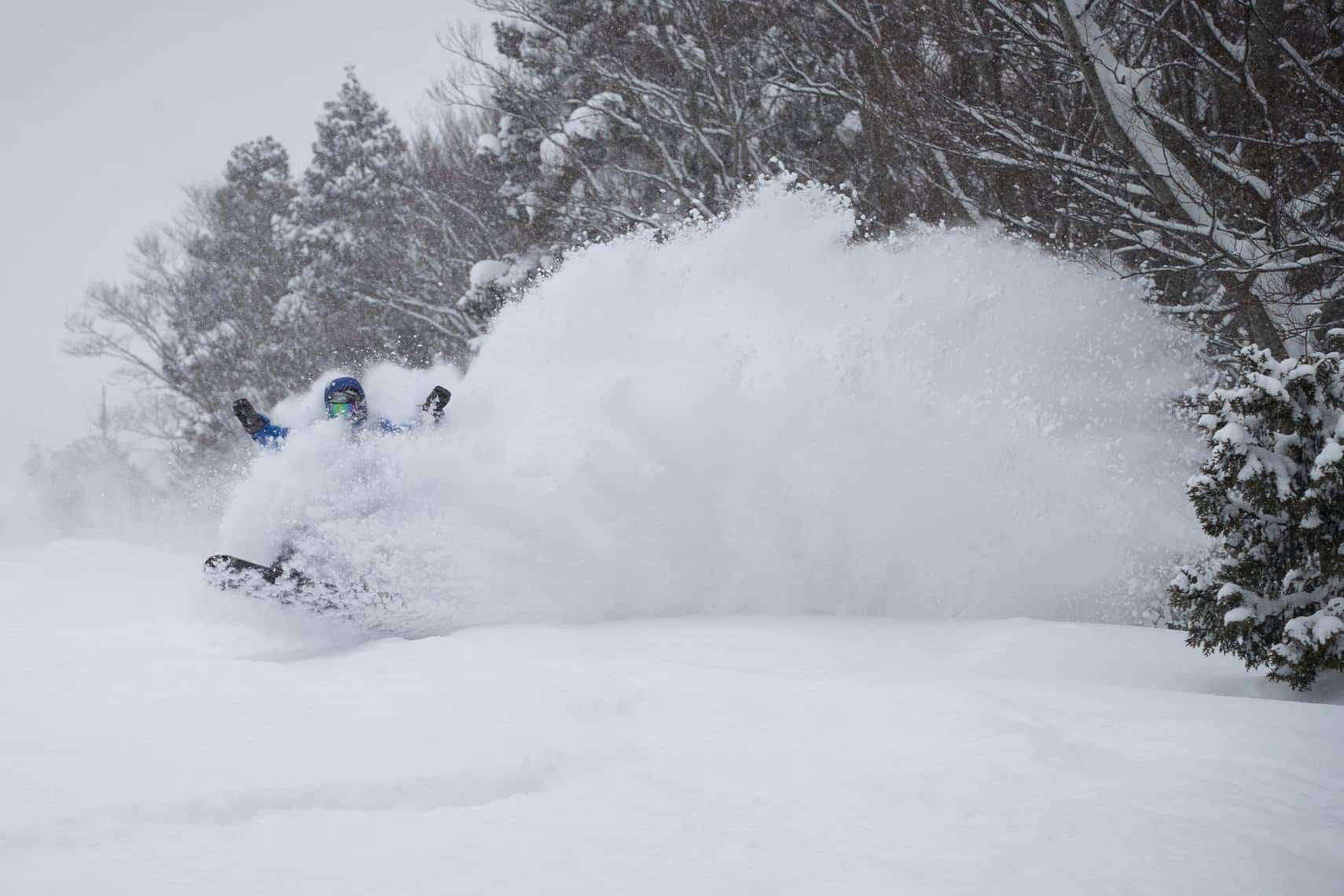
Mountainwatch | Nadine Robb
Claiming the northern coastline of Honshu, Aomori Prefecture is known for heavy and persistent snowfall, dramatic volcanic topography, sake – and sensational seafood.
Come summer season the larger than life lantern festivals spill onto the streets, taking on a life on their own through the fantastical folklore reflected in the artistry.
As a coveted international ski destination most avid ski travellers will be able to name a few of Japan’s better-known ski resorts. While their reputations are well deserved, their shadow can eclipse some of the more understated destinations that underpin the nation’s ski culture – a number of which can be found in Aomori Prefecture.
As one of these, Aomori Spring Ski Resort is a modest-sized snowfield settled on the lower slopes of the Fuji-like Mt Iwaki. Just a few kilometres inland from the Sea of Japan, its northerly positioning on Iwaki’s flanks open up ocean views from every run, whilst maintaining the typically cooler snow temperatures that are synonymous with northern aspects.
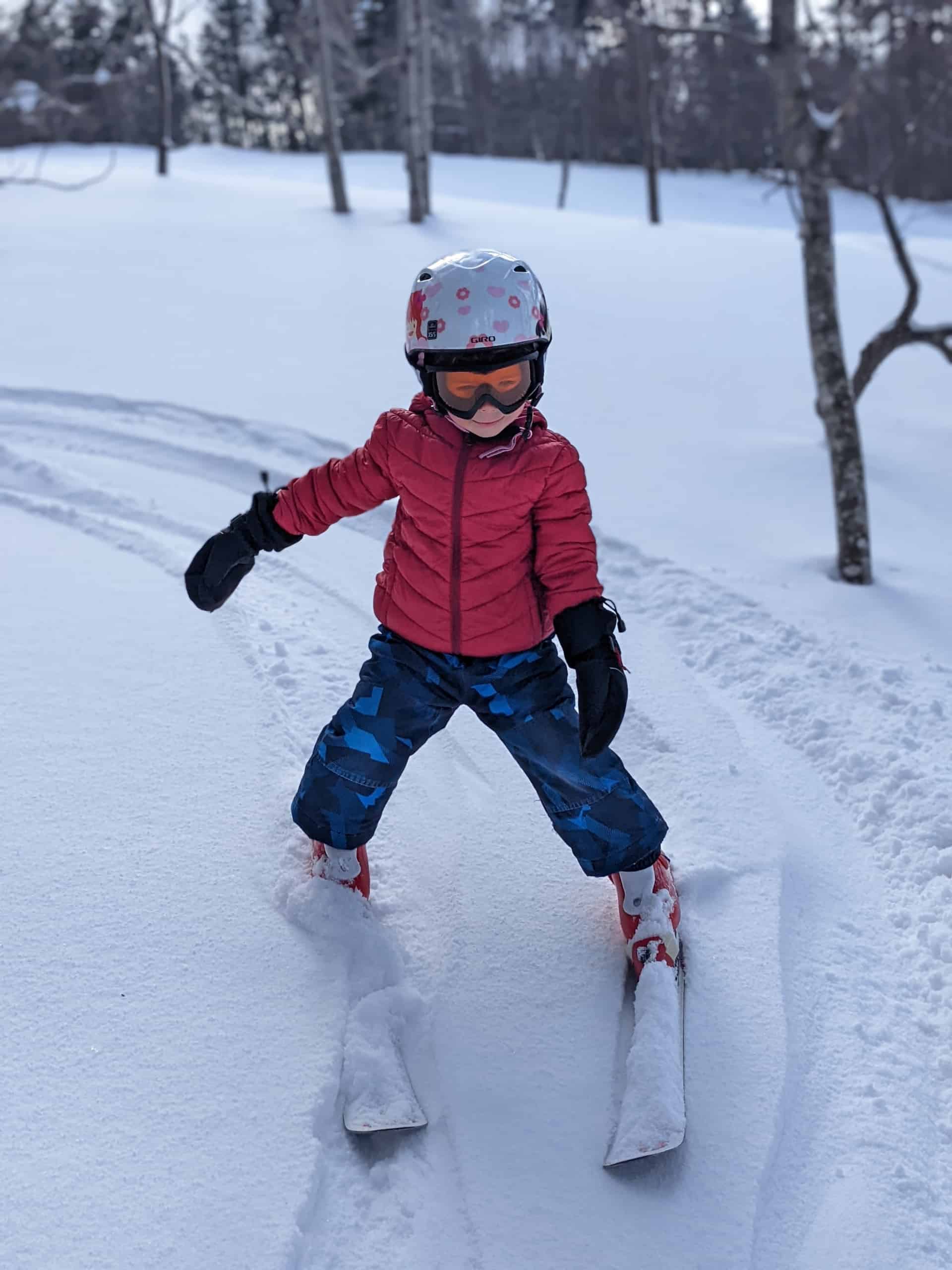
Though there are several steeper slopes higher up on the mountain, Aomori Spring Ski Resort best lends itself to families and beginner/intermediate skiers and snowboarders. All of the slopes are wide, open and uncrowded, and clear signage will see that you don’t accidentally take a wrong turn. The sides of the runs often offer powdery pockets of low angled trees, the gradual gradient of which easily allows for the piste to be regained. Kids often gravitate towards the adventure that tree skiing teases, and often acts as a strong motivator to keep them engaged and excited for snow sports.
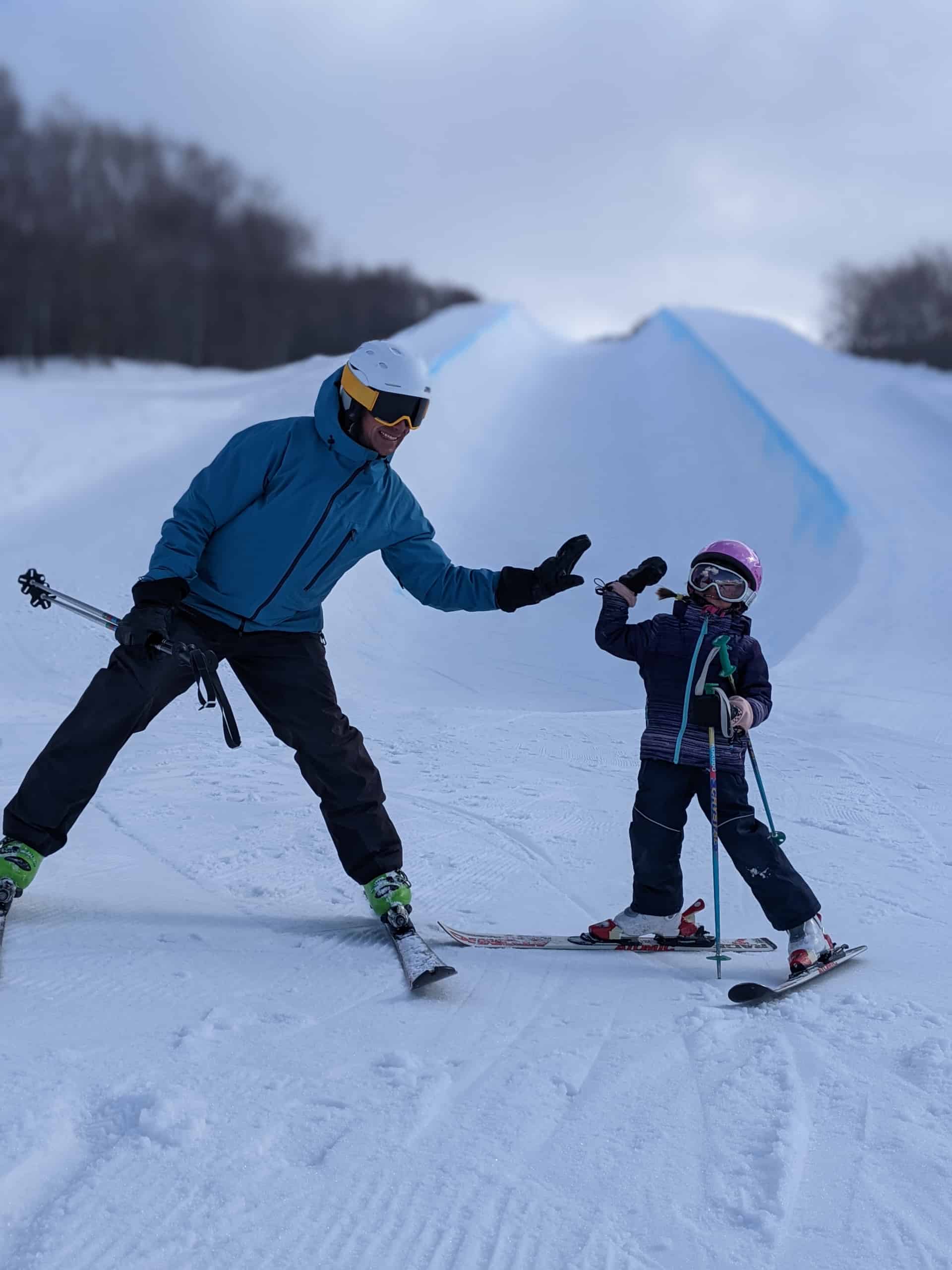
On the other end of the skill spectrum is freestyle, and thanks to a wide variety of steadily progressing jumps, berms, rails, boxes and even a full-sized Olympic half pipe (known as a super pipe), it is the “go to” for both aspiring and professional athletes. The good news for beginners and kids is that they too can enjoy the features, and the superpipe in particular is a great tool for incentivising young skiers to steer and turn their skis.
Perfectly positioned at the base of Aomori Spring Ski Resort is The Rockwood Hotel & Spa. Fully functioning as a true ski-in/ski-out accommodation, the hotel has everything that you could need for a winter vacation – including several restaurants, a shop, a gym, an onsen (hot spring) and locker room. Windows wrap much of the hotel so that you’re either soaking in the ocean views or peering out over the snowy slopes. Come dinner time much of the menu is fresh from the sea, showcasing Aomori’s most celebrated cuisine.
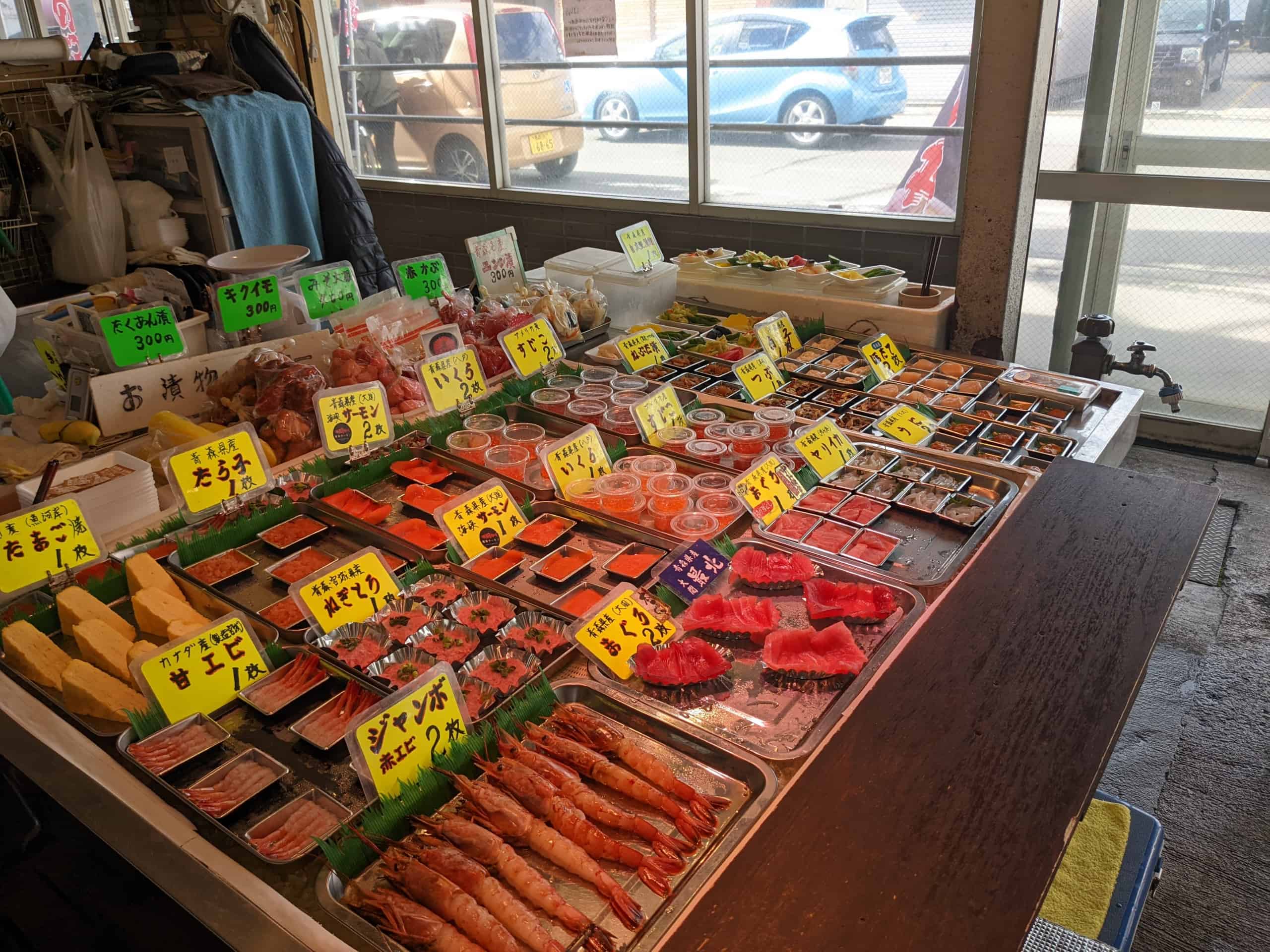
Close to Mount Iwaki is the snow-swept Tsugaru Plain. Not unlike a small Siberian tundra, the low-lying land is interrupted as the Tsugaru Railway stove train clears it’s the course through the deep snow – leaving plumes of blower powder in its wake. Since its maiden voyage in 1930, the lurching locomotive has remained mostly unchanged, still sporting its wooden flooring, tables and quirky decor. Perhaps most interestingly though are the cosy coal fed stoves that adjourn each carriage, casting off warmth and atmosphere as they grill the squid snacks draped on top. A side of sake – specially distilled for the Stove Train – is a sure way to warm your cockles as you rattle through the frozen winter.
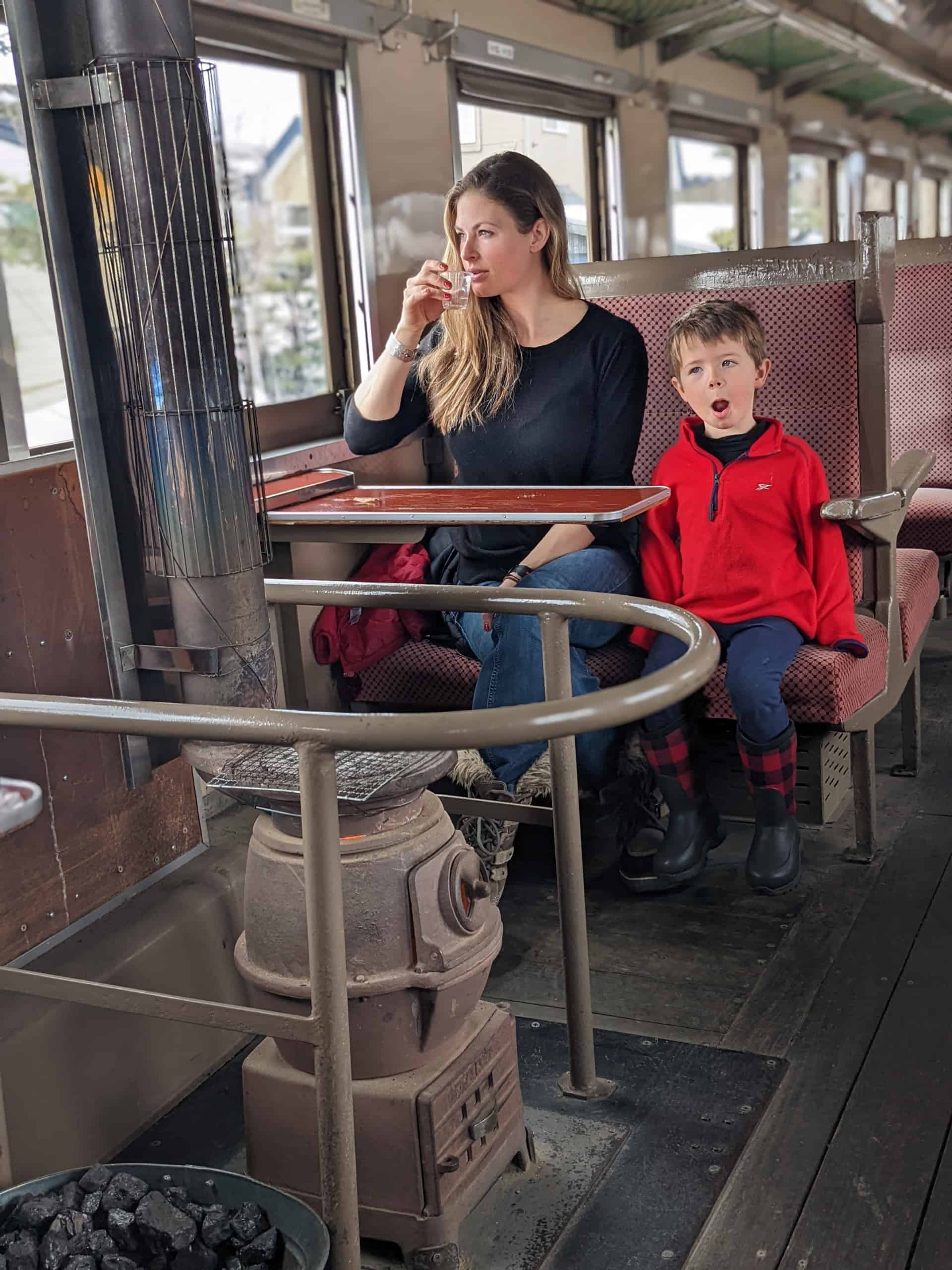
Injecting some colour into any visit to the region is the Tsugaru han Neputa village located in the historic city of Hirosaki. Showcasing handfuls of hand-painted Neputa (fan-shaped paper lanterns), the facility offers a glimpse into the festival fever that grips the town every August. A tradition that has been carried through the generations, the colour splashed creations typically depict scenes pulled from the pages of ancient mythology books, keeping the region’s folklore alive and well. Visitors also have the opportunity to try their hand at Taiko drumming and enjoy a live shamisen performance. With so much regionally relevant culture condensed into one space, the Tsugaru han Neputa village is an excellent way to get in touch with some of Japan’s most intriguing nuances.
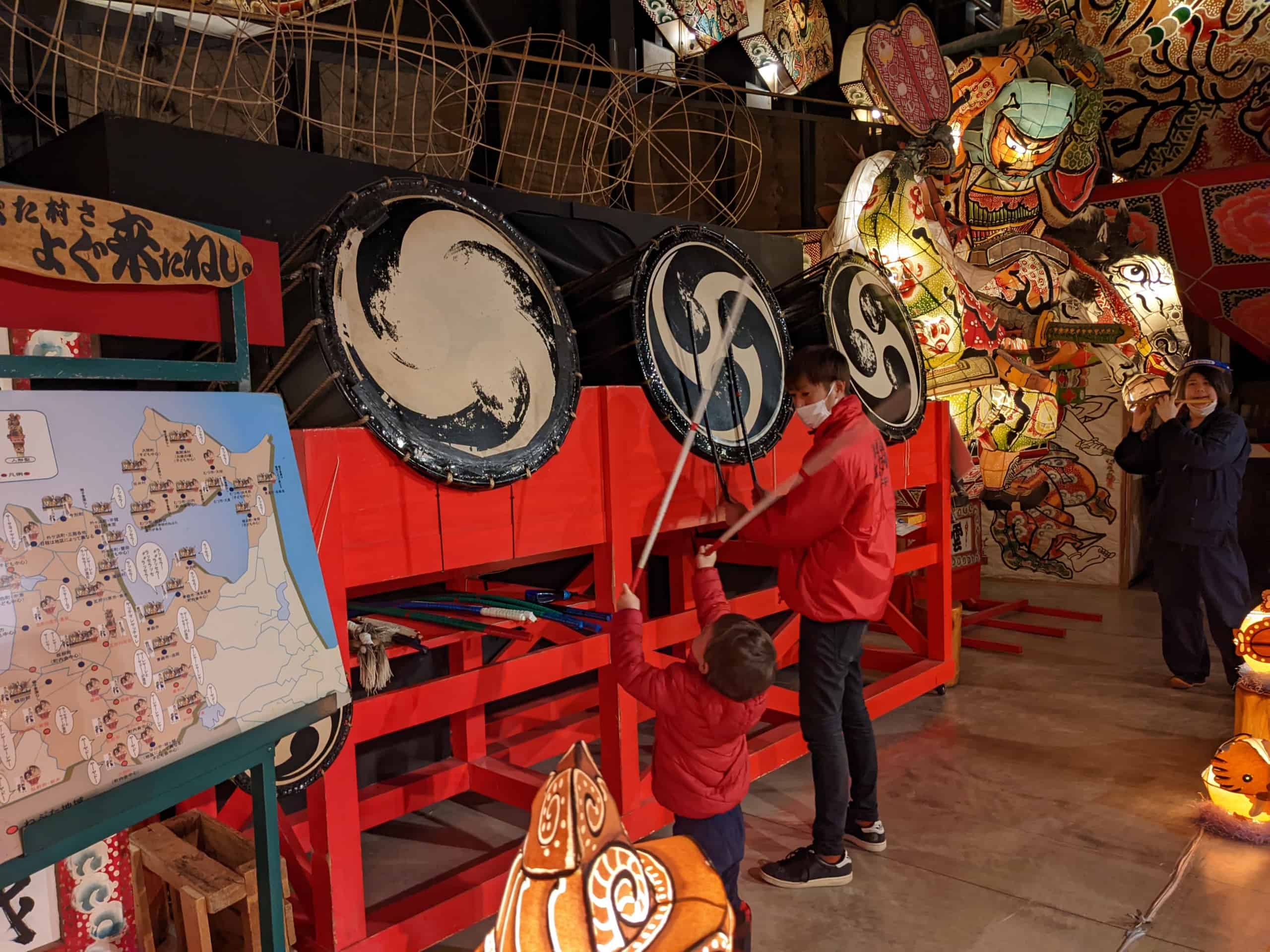
An hour away in the prefectural capital of Aomori City is the Nebuta Museum Wa Rasse. A similar concept yet with distinctive differences, the lanterns here tend to be larger, and shaped according to the characters that they carry. As a relatively new and spacious facility, it is easy to spend an hour here walking among the towering masterpieces – each retired to the museum after their day in the limelight.
Within walking distance from the Nebuta Museum Wa Rasse is the Furukawa Fish Market. A backbone of the city’s fishing industry and local food culture, the experience that you’ll get is wholly authentic, and reflective of everyday life in Japan. Without a glimmer of pseudo-commercialism, you can wander from stall to stall sampling the wares and best catches of the day. Small portions allow for a wide variety of dishes to be tried, while a simple ticket system negates the need for awkward interactions around price or portion size. And of course, with the Tsugaru Strait just off shore, the quality of the seafood is second to none.
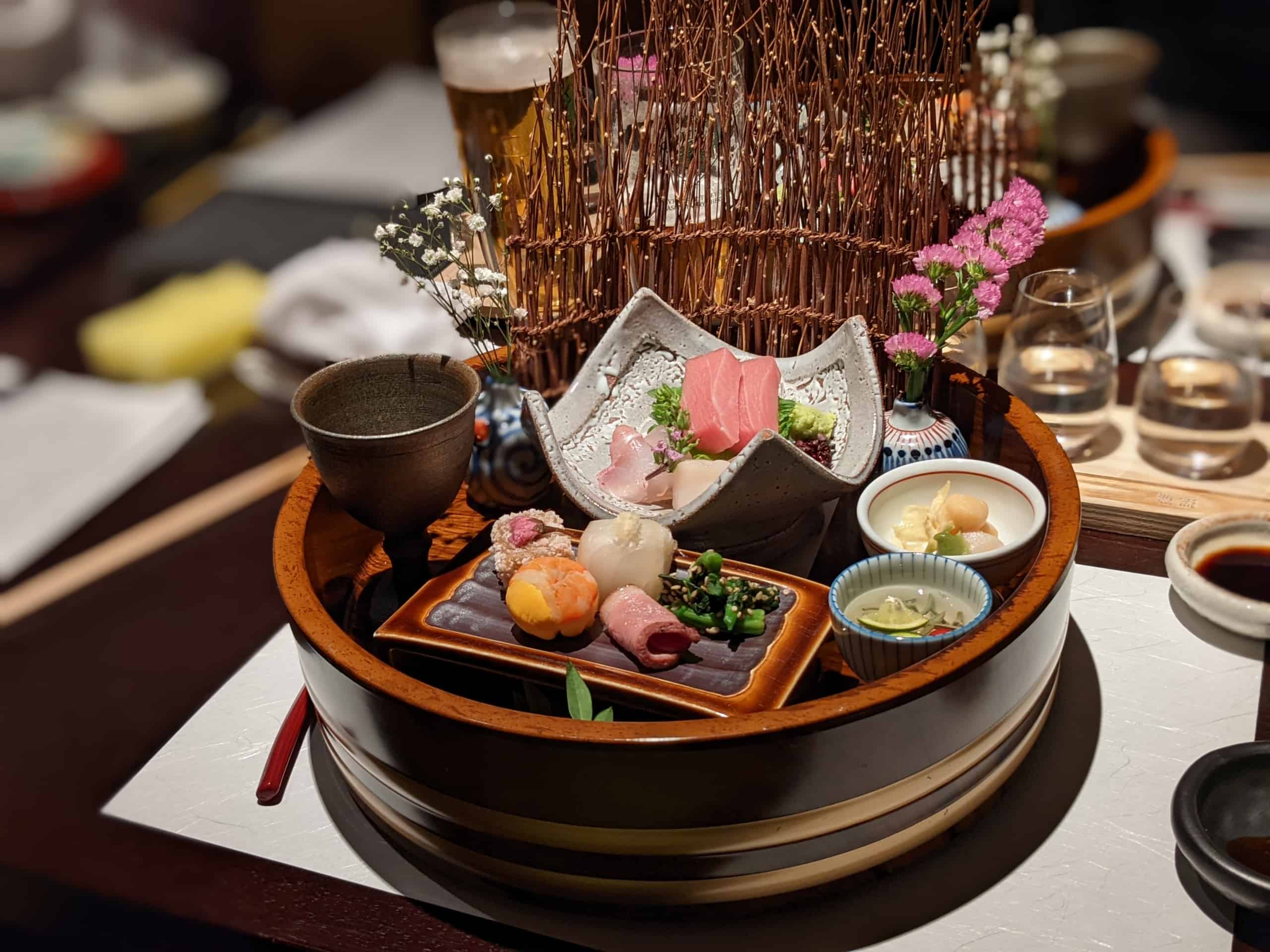
Though there are a great number of accommodation options within the area, Hoshino Resorts Kai Tsugaru is exemplary. Located in the quaint and quirky onsen (hot spring) town of Owani Onsen, it has managed to seamlessly pull together legacy and luxury. Appointment choices that embrace Aomori’s identity are evident throughout, while the service and infrastructure are in keeping with the high Hoshino Resorts standards. Ever service minded, the staff go above and beyond to ensure a relaxed and comfortable stay, and though it is clearly a high-end resort, they’ve taken steps to see that children are kept entertained and occupied. Leaning on the local food culture, the evening menu produces dish after dish of mouth-watering goodness, masterfully executed and impeccably presented.




